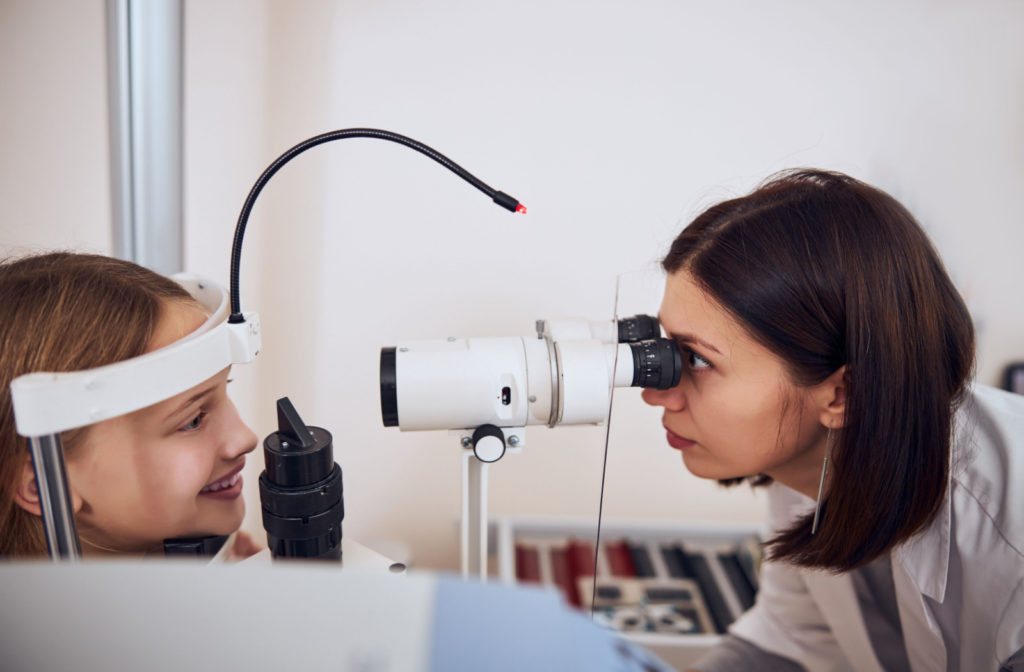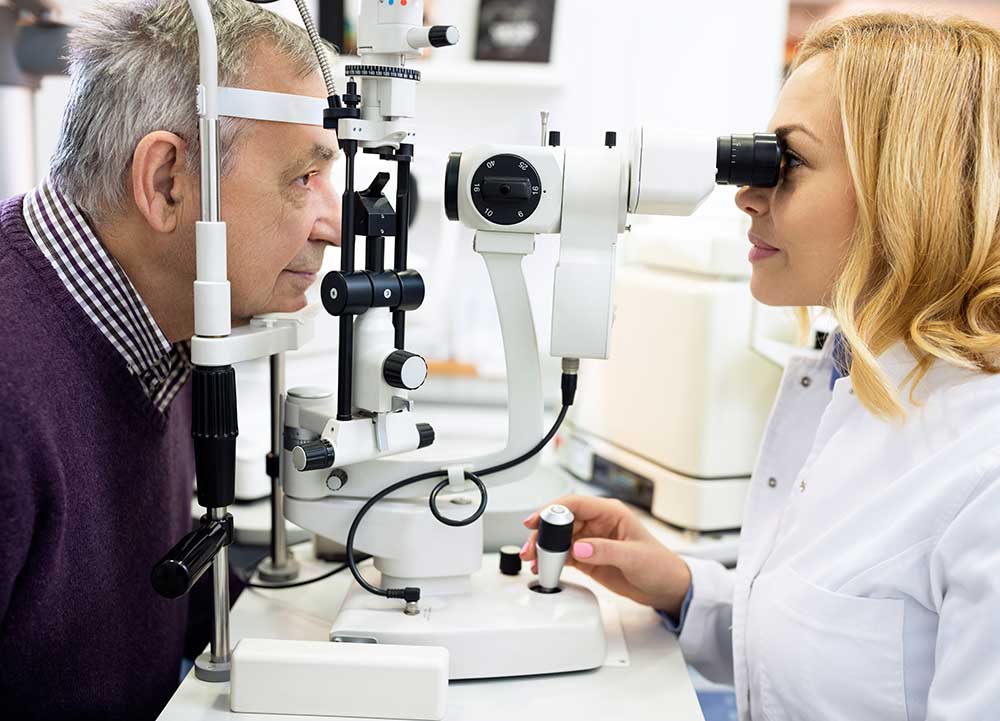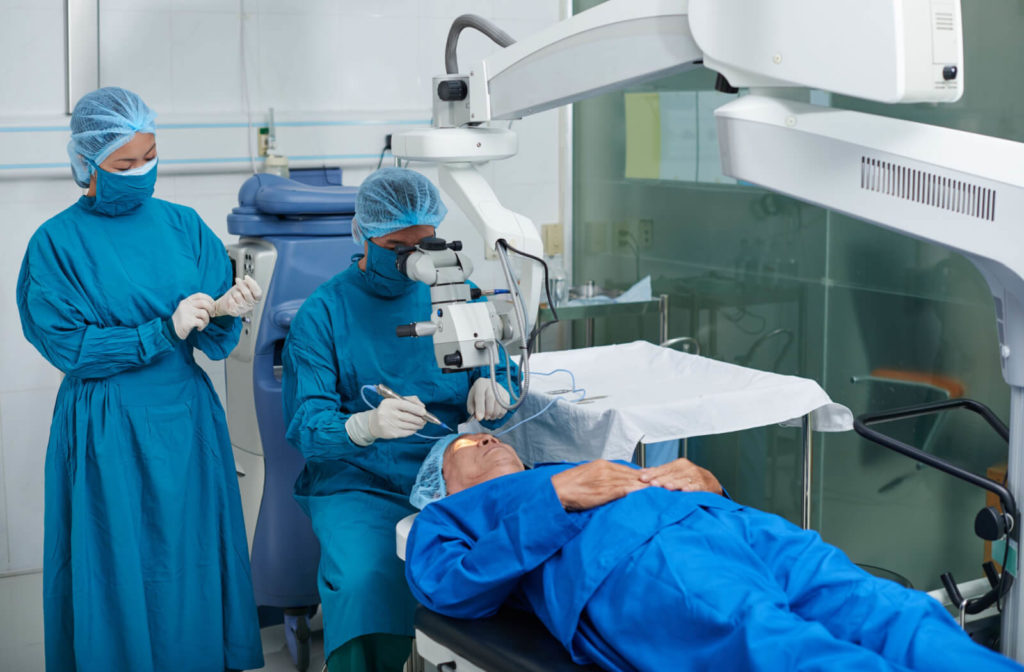Checking Out the current Technical Improvements in Optometry and What They Mean for Optometrists
In the ever-evolving field of optometry, recent technical innovations are improving how practitioners approach eye care. From the precision of Optical Comprehensibility Tomography to the nuanced insights provided by AI-driven diagnostic devices, these developments are establishing new standards in person assessment and treatment. Teleoptometry is poised to redefine availability, guaranteeing that proficiency goes beyond geographical constraints. As these developments penetrate the practice, optometrists are confronted with the difficulty of embracing these tools to boost patient end results. Yet, the concern continues to be: just how will these technical changes redefine the functions and responsibilities within the occupation?
Developments in Diagnostic Equipment
Advancing the field of optometry, technologies in analysis tools have actually transformed the means eye treatment professionals evaluate and diagnose eye conditions and aesthetic impairments. The previous years has actually experienced significant technological developments, enabling even more thorough and precise examinations. Optical Coherence Tomography (OCT), as an example, provides high-resolution cross-sectional images of the retina, enabling the early detection of conditions such as glaucoma and age-related macular degeneration. This non-invasive imaging strategy has ended up being vital in contemporary optometric technique.
One more secret innovation is the introduction of sophisticated corneal topography systems, which map the surface area curvature of the cornea with precision. These devices are specifically useful for suitable contact lenses and diagnosing corneal conditions. Additionally, electronic retinal imaging has actually transformed traditional ophthalmoscopy, using thorough, breathtaking views of the retina that promote comprehensive visual evaluations.
The growth of wavefront aberrometry has actually also been important, enabling the analysis of refractive errors with unequaled accuracy (Eye Doctor). This technology assists in personalizing restorative lenses and enhancing surgical results for refractive surgeries. Collectively, these analysis improvements equip optometrists to supply superior client treatment, making sure very early treatment and customized therapy strategies, inevitably improving aesthetic health end results
AI in Person Management
Building on the structure of cutting-edge diagnostic devices, the unification of man-made knowledge (AI) in individual monitoring stands for a transformative leap for optometry. AI systems are progressively employed to improve effectiveness, precision, and personalization in person treatment.
Furthermore, AI-driven systems assist in structured person interactions and management procedures. Automated scheduling, virtual consultations, and individualized follow-up plans not only improve individual fulfillment but also optimize time management for experts. These systems can triage people based on the seriousness of their conditions, ensuring that those in crucial demand receive punctual interest.
In addition, AI boosts decision-making by offering optometrists with evidence-based referrals and treatment paths. By integrating information from electronic health and wellness documents, AI tools offer insights that educate medical choices, decreasing the danger of errors and boosting client end results. As AI remains to evolve, its function in individual administration will likely increase, reshaping the landscape of optometric treatment.
Breakthroughs in Retinal Imaging
In the world of optometry, retinal imaging has witnessed impressive technical improvements that are enhancing diagnostic capacities and individual treatment. Developments such as Optical Coherence Tomography (OCT) and fundus photography have transformed how eye doctors picture and examine the retina. OCT, particularly, supplies high-resolution, cross-sectional photos of the retina, enabling the comprehensive evaluation of its layers. This ability is important for early discovery and administration of problems like glaucoma, diabetic person retinopathy, and age-related macular deterioration.
Enhanced imaging methods like OCT angiography are additional refining analysis accuracy. Eye Doctor. Such advancements facilitate the identification of minute retinal modifications that could signify condition progression.
Furthermore, innovations in expert system are boosting retinal imaging by enabling computerized analysis of huge datasets. These systems aid eye doctors in determining patterns indicative of pathology, therefore boosting analysis precision and performance. Collectively, these innovations are transforming retinal imaging right into a foundation of contemporary eye treatment, enhancing outcomes and increasing restorative possibilities.
Teleoptometry's Growing Duty
Teleoptometry is significantly coming to be an important part of eye treatment, driven by improvements in data and diagnostic tools. As optometry embraces electronic change, teleoptometry assists in remote consultations, permitting eye doctors to prolong their solutions beyond standard limits. This is specifically useful in rural and underserved areas where accessibility to specialized eye treatment is often restricted. By leveraging high-resolution video conferencing and advanced retinal imaging, eye doctors can conduct detailed eye exams from afar, guaranteeing prompt medical diagnosis and treatment.
The integration of expert system (AI) additional improves teleoptometry, enabling the analysis of visual information and aiding in the detection of eye conditions such as glaucoma and diabetic retinopathy. AI-powered formulas can swiftly analyze complicated imaging information, giving optometrists with beneficial insights that reinforce medical decision-making.
Moreover, teleoptometry supports continuity of care through smooth integration with digital health documents (EHRs), allowing optometrists to preserve extensive client histories. This makes sure that people receive consistent and individualized treatment also when seeking advice from various experts.
In spite of these advantages, difficulties continue to be, consisting of making sure data safety and security and taking care of client assumptions. Teleoptometry stands for a substantial stride towards more accessible, reliable, and patient-centered eye care. As innovation progresses, its role is positioned to increase better.

Future Patterns in Eye Treatment
A myriad of ingenious fads is set to reshape the future of eye care, driven by technical improvements and the evolving demands of patients. One significant fad is find this the assimilation of fabricated intelligence (AI) in diagnostics, which assures to enhance the accuracy and performance of eye examinations. AI algorithms can analyze large amounts of information from retinal pictures, potentially discovering conditions like diabetic retinopathy and glaucoma earlier than conventional techniques.
Additionally, tailored medicine is acquiring traction in optometry, with genetic testing educating customized therapy strategies. This method intends to maximize individual end results by customizing interventions to private genetic profiles. Wearable technology, such as smart call lenses, is likewise imminent, providing real-time tracking of intraocular pressure or sugar levels, thus offering constant understandings into systemic and eye health and wellness.
The adoption of increased fact (AR) and online fact (VR) in training and patient education and learning is an additional arising pattern. These modern technologies use use this link immersive experiences that can boost understanding and skills both for optometrists and people. As these patterns progress, optometrists must remain abreast of technical innovations to supply advanced treatment, ensuring enhanced individual results and contentment in the vibrant landscape of eye care.
Final Thought

Collectively, these diagnostic developments empower eye doctors to provide superior person care, guaranteeing early treatment and customized treatment techniques, ultimately enhancing visual health results.

As these modern technologies proceed to progress, optometrists should adjust and integrate them into method, inevitably optimizing workflow effectiveness and boosting the requirement of eye treatment delivered to patients.